Found just south of the River Liffey in central Dublin, Temple Bar is one of the oldest sections of Dublin. Many consider it to be a cultural and creative hotspot of the city, coming alive at night with many bars and restaurants that are famous worldwide.
If I am going to be perfectly honest, I wasn’t such a huge fan of this neighborhood. It seemed to be overrun with tourist-centered locales, very expensive prices and extremely drunk people, even during the day. However, since I was only there for a few days, I think I have no place to judge. Perhaps the exterior of Temple Bar is rather superficial, giving first time visitors the wrong impression. After talking to a few people from Dublin and doing a bit more research, it became apparent that while many of the locals know that Temple Bar is one of the most touristic destinations in Dublin, it also has a lot going on under the surface.
To start with, there are various concepts of where the name “Temple Bar” came from. Historically, it was referred to as St. Andrew’s Parish, a suburb of medieval Dublin located outside of the city walls. After incessant attack by the native Irish, it fell into disuse in the beginning of the 1300s, but was redeveloped again in the 1600s to create gardens for wealthy English families.
Many consider the source of the name to come from the Temple family, especially the patriarch Sir William Temple, whose home and gardens were located there in the 17th century. Others deduce that it was actually named after a district with the same name in London.
In the 18th century, Temple Bar was the center of prostitution in Dublin only to suffer a decline in popularity in the 19th and finally urban decay in the 20th. During the 1980s, the state owned transport company proposed to built a bus terminal there, and during the planning stages the buildings were rented out at a low cost, attracting small shops, artists and galleries to the area. From here, you can see why the area may have developed the way it did, providing a hotspot for creative meet ups and some really cool street art.
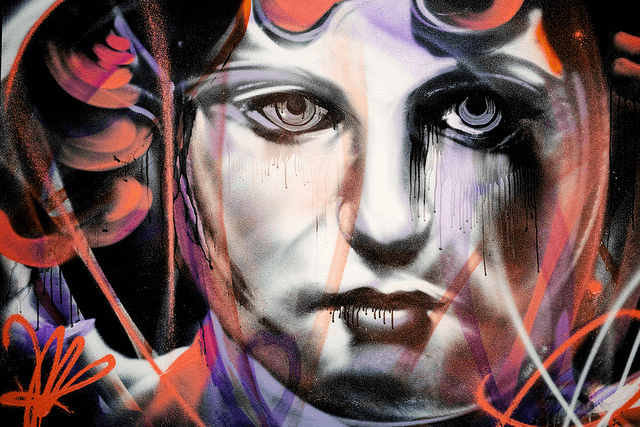
Temple Bar today features many acclaimed public spaces such as the Meeting House Square, Temple Bar Square, Curved Street and Cow’s Lane. The buildings also feature many different types of architecture and is home to one of Europe’s oldest built theatres. As well, it is home to the Project Arts Centre, one of the most modern and famous theatre spaces in Ireland.
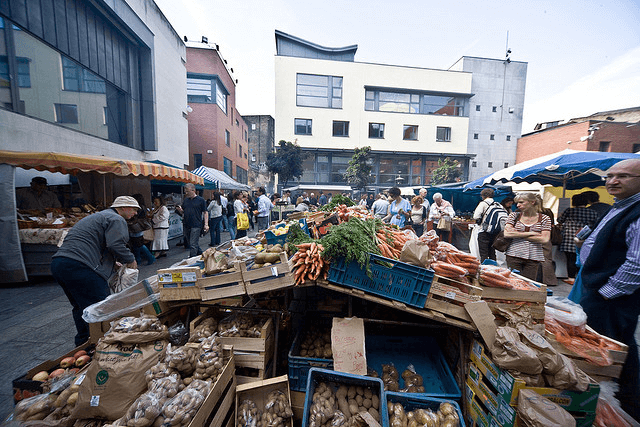
So, it appears I may have misjudged Temple Bar upon my first visit. It’s still a rowdy, tourist centered hotspot for partying, late night carousing and lets just say, bad behavior, but at the same time, a place for creative outlet with many galleries, studios, theatres, performance venues and cinema screens. As well, there are many markets for the visitor to enjoy, such as the Temple Bar Food Market, Book Market and Designer Market.
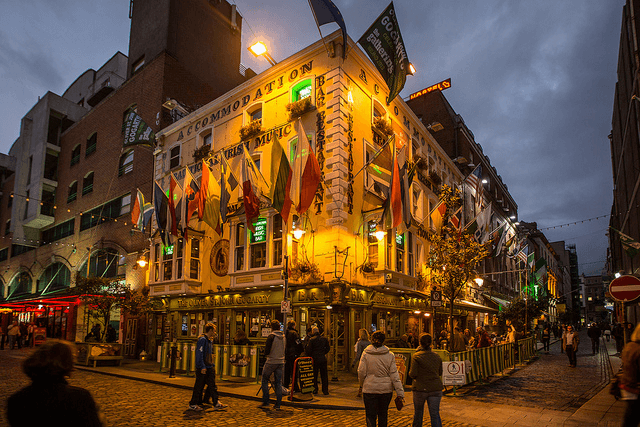
Alas, we cannot leave out some of the most famous nightlife spots there such as The Quays, The Temple Bar and The Oliver St. John Gogarty. If you’re looking for a Guinness, believe me, you don’t have to look far!
Featured image courtesy of Barnacles Budget Accommodation via Flickr.
[Temple Bar], [Wikipedia]
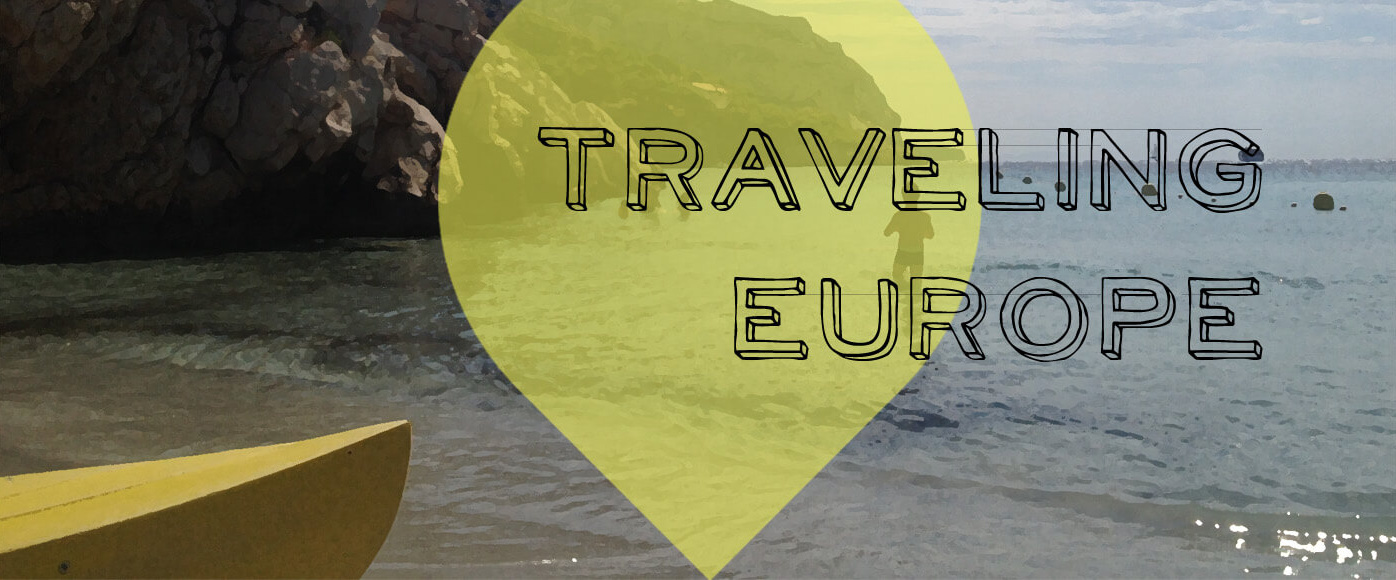

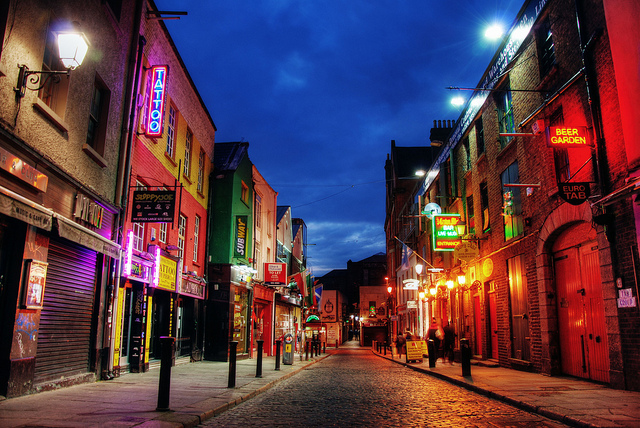

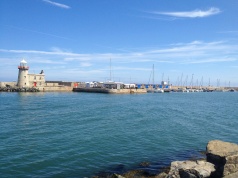


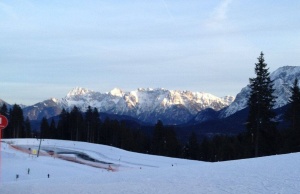
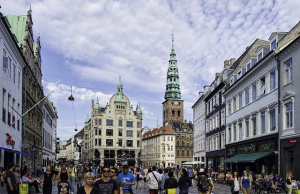

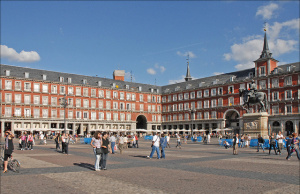


Animesh
Comments are closed.